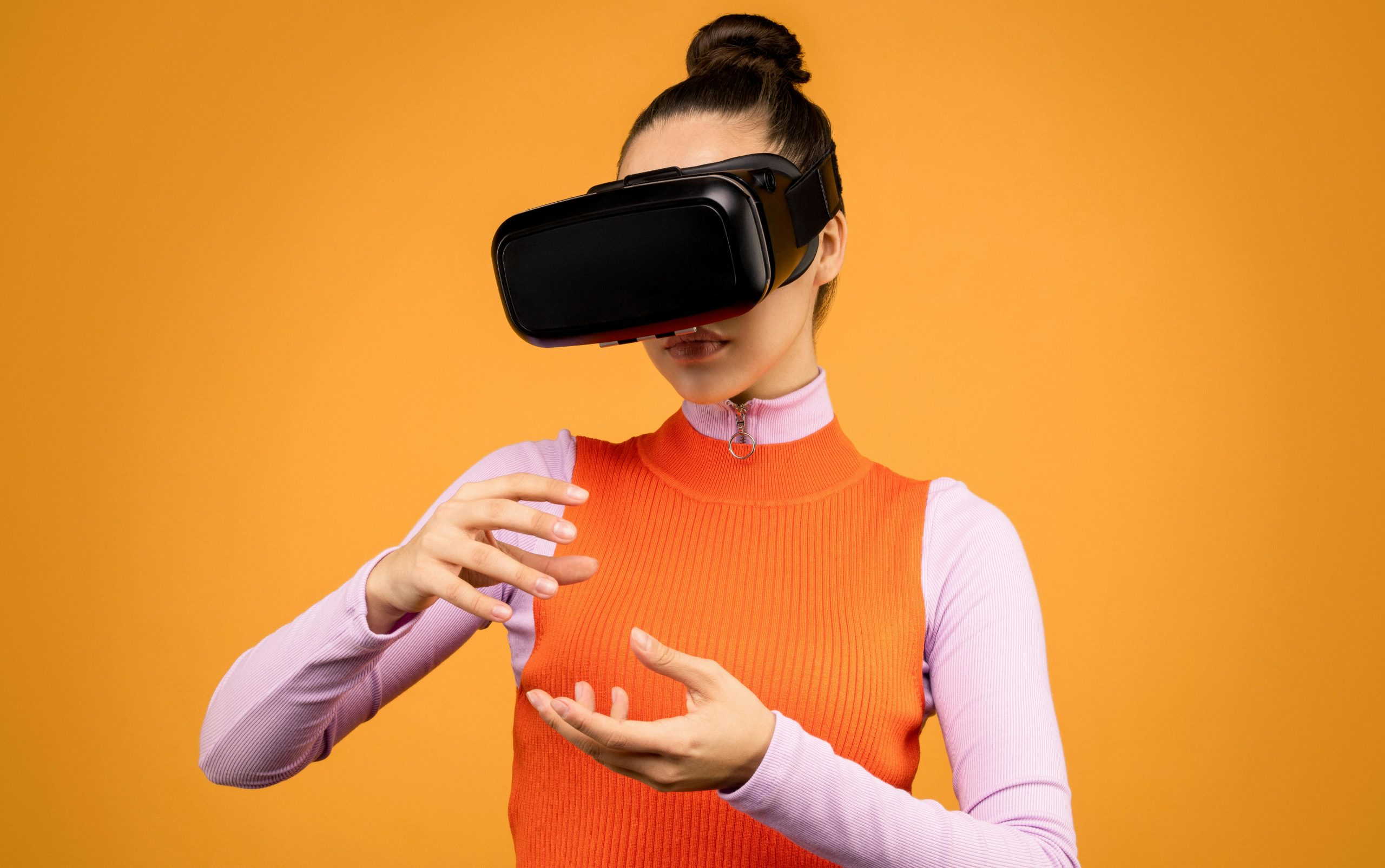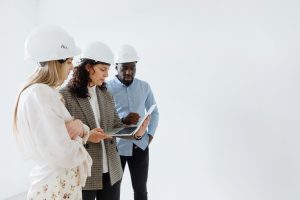Digital Twins: Creating Virtual Building Models
Digital twins have been gaining a lot of attention in the construction industry in recent years, and for good reason. This innovative technology has the potential to revolutionize the way buildings are designed, constructed, and maintained. In a nutshell, digital twins are virtual building models that replicate physical buildings in a digital format, providing a highly accurate and detailed representation of the structure. With the ability to simulate real-world scenarios and track data in real-time, digital twins are changing the game for building owners, contractors, and designers alike.
The Basics of Digital Twins
Before diving into the details of how digital twins are used in the construction industry, it’s important to understand what they are and how they work. As mentioned earlier, digital twins are essentially virtual models of physical buildings. They are created using advanced technologies such as 3D scanning, Building Information Modeling (BIM), and Internet of Things (IoT) sensors. These models are then linked to the physical building, pulling in real-time data to provide an accurate representation of its current state.
The concept of digital twins originated in the manufacturing sector, where it has been used for decades to simulate and optimize production processes. However, it was only in recent years that digital twins made their way into the construction industry, thanks to the advancements in technology and the growing demand for more efficient and sustainable building practices.
Applications of Digital Twins in Construction
Design and Planning
The use of digital twins in construction starts right from the design and planning phase. By creating a virtual replica of the building, designers and architects can easily identify potential design flaws and make necessary changes before construction even begins. This not only saves time and money but also helps prevent costly errors during the construction phase.
Furthermore, digital twins allow designers to simulate different building scenarios, giving them a better understanding of how the building will perform in different environments. This helps in creating more energy-efficient and sustainable buildings, as well as predicting maintenance needs and potential issues that may arise in the future.
Construction and Project Management
During the construction phase, digital twins continue to play a crucial role. Using IoT sensors, digital twins can track real-time data such as structural stability, temperature, and humidity levels, and detect any discrepancies or issues that need to be addressed. This not only ensures that the building is being constructed as per the design but also helps in maintaining quality control and reducing the risk of costly mistakes.
Additionally, digital twins can be used for project management purposes, allowing for better communication and collaboration among stakeholders. The virtual model can be accessed and updated by all parties, providing a centralized platform for project progress tracking and documentation.
Building Maintenance and Management
Once the building is constructed, digital twins continue to serve a crucial role in its maintenance and management. With real-time data tracking, building owners can proactively identify any issues or potential maintenance needs, rather than waiting for a problem to arise. This not only helps save time and money but also improves the overall building performance and occupant comfort.
Digital twins have also been used for emergency response and disaster management purposes. By having an accurate virtual model of the building, first responders can easily navigate through the building and make informed decisions, potentially saving lives.
The Future of Digital Twins in Construction
The use of digital twins in construction is still in its early stages, with endless possibilities for future developments. With the advancements in technology, it’s not hard to imagine a future where digital twins are used in all stages of a building’s lifecycle, from design and construction to operation and maintenance.
As the construction industry continues to embrace digital transformation, the adoption of digital twins is expected to increase significantly. This will not only improve the efficiency and sustainability of building practices but also enhance occupant safety and comfort. With the potential to change the way buildings are designed, constructed, and maintained, digital twins are undoubtedly the future of construction.
Conclusion
In conclusion, digital twins are highly valuable tools in the construction industry, providing accurate and detailed virtual replicas of physical buildings. By simulating real-world scenarios and tracking data in real-time, digital twins are improving the efficiency, sustainability, and safety of building practices. As technology continues to advance, we can only expect digital twins to become an integral part of the construction process, revolutionizing the way we build and manage our built environment.










